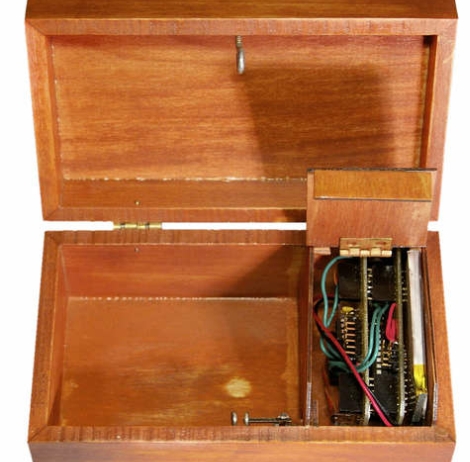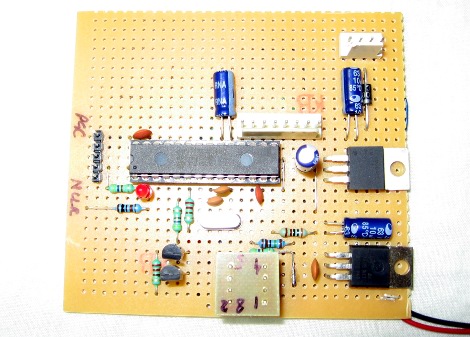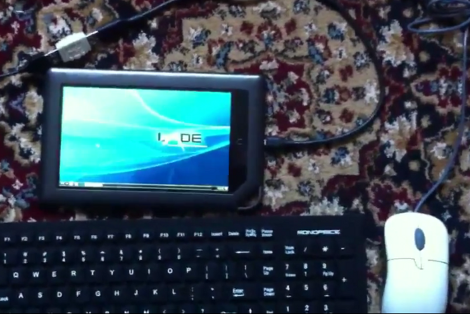
[Mark] wrote in, eager to show off this new tool he’s created to view your gerber files in 3d. He also wrote an instructible to go along with it, to help you figure out how to use the tool. Being an in-browser tool also means you can shoot it to your friends for a quick 3d review as well. Some of you may not feel that the 3d view is that helpful to the process, but we think that this is a welcomed feature that just might get some use around here.
[Mark] points out that it is still being actively developed, so please shoot him bugs via the form on the website if you should encounter any.
















